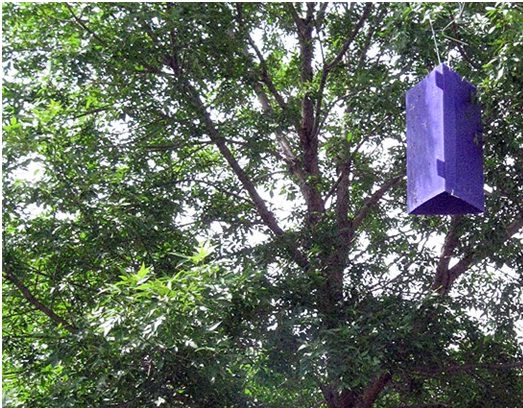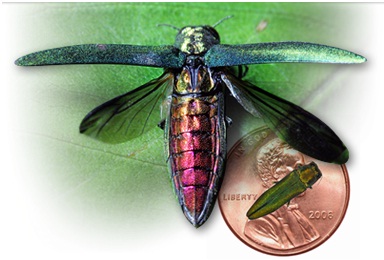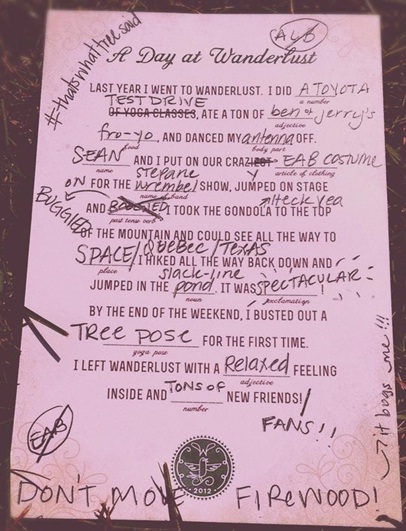A surprising number of people want their own emerald ash borer costume, or Asian longhorned beetle costume. While we are always happy to share our costume through our very cost-efficient costume share program, I can totally understand that anyone using a costume more than about three times a year could benefit from having their own. In response to getting these questions a fair amount, here's my new FAQ on bug costumes;
Who made your costumes?
Our EAB, along with several other EAB costumes around the country, was made by a volunteer in the midwestern US that has since passed away. Subsequent copies of her design have been made by many amateur and professional costume makers. Our ALB costume and our Log costume were made by a professional costume maker in the Washington DC area. If you would like the information for that professional costume maker, please email info@dontmovefirewood dot org, and we'll pass it along to you.
How would I go about making my own costume?
The easiest thing to do is to find a local well recommended costume maker, and show them a LOT of photos of what you want. Your best resource for bug costume making people is likely either your local university's theatre department, or any sort of community theatre group in your area. Ask them for recommendations on who is reliable and creative for their costume needs. Once you have that information, visit our facebook page www.facebook.com/dontmovefirewood to show your newly found costume maker our collection of bug costume photographs. Along with a few pictures of the actual insect itself, this should be enough to get your costume maker ready for action!
How much will it probably cost?
The cost of costumes is largely dependent on labor costs. Therefore, rough estimates are really hard because it depending on how fancy your costume is, and your local wages for this sort of thing. However, if I had to guess, I'd say the lowest range would be US$250 (free or nearly free labor, plus the cost of materials), and many costumes could reasonably cost over US$700 (medium costs of labor, plus materials).
Any special tips on costumes?
Two things; Ask the costume maker to make the costume so that you can have it dry cleaned (otherwise it will soon grow to smell bad), and also ask them to make it so it fits anyone from 5'4" to 6'2" or so. You don't want to make a costume that only fits super tall people, because that limits your pool of volunteers. Having the shirt and pants underneath not be integral to the costume is best, because it makes it easier to fit on many body types, and keep the laundering process simpler.
Best of luck with your costume making!








